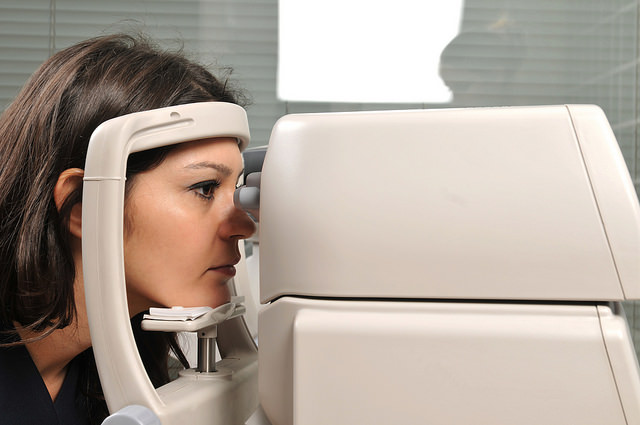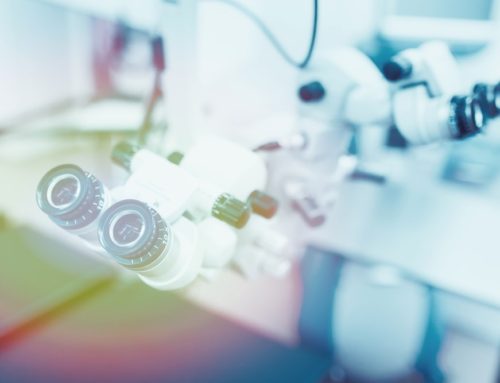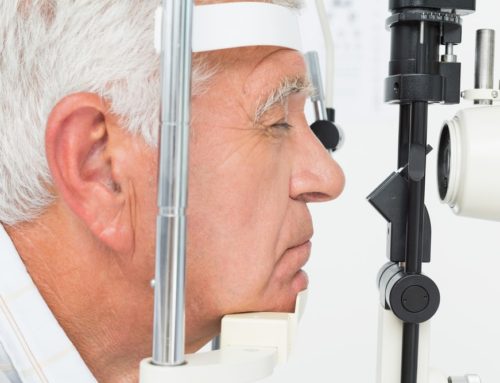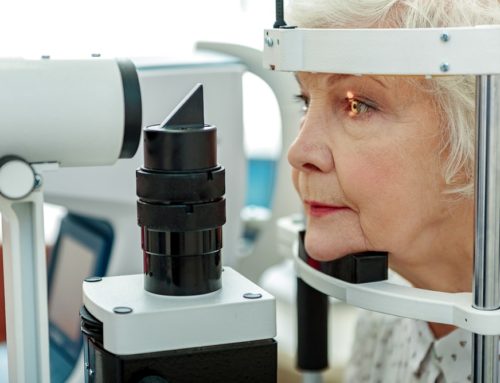How to reduce high eye pressure?
High eye pressure can be treated with drops, laser treatments or surgery. If your eye pressures are too high for your eyes then an individualised pressure lowering treatment plan is prepared as not all high pressure is the same.
Modern drop treatments are highly effective and safe. The technology and development of pressure lowering eye drops has improved significantly. There are 4 main families of pressure lowering drops. We tend to start with a once a day drop used at night that can drop the pressure by 20-30%. These drops are known as prostaglandin analogues or PGAs for short. If a single drop is not enough then we can add more treatment. Maximum drop treatment now is 4 drugs in 2 bottles.
Laser treatments for glaucoma are also useful. People tend to think of ‘laser treatment’ as a single entity but there are lots of different types of laser treatment for lowering eye pressure. If you think of the eyeball as a closed pressure system you can either turn down the tap by reducing the amount of fluid produced inside the eye, a laser known as endocyclophotocoagulation, or you can stimulate the drainage channels to clear fluid more effectively, laser trabeculoplasty.
Surgery for glaucoma is also varied; from minimally invasive glaucoma surgery, sometimes known as ‘cataract + procedures’ to full bypass drainage surgery such as trabeculectomy or tube surgery.
I cannot stress enough the need for an individualised treatment plan based on you as a person and the severity of the glaucoma.
As an experienced glaucoma doctor, I want to ensure you have the right information to make the best choice for you. Although pressure lowering is the universal treatment for glaucoma, the personalised pressure lowering plan should be tailored for you; empowering you to make the best treatment choice.
More about Laura Crawley
Ms Laura Crawley is a Consultant Ophthalmologist at Clinica London, Imperial College Western Eye Hospital, and The London Clinic. Her special expertise is in treating glaucoma patients as well as patients with glaucoma and cataracts. She has a lot of experience in treating glaucoma and has published extensively in scientific journals and on medical education. She still does a lot of emergency operations at the emergency department at the Charing Cross and Western Eye Hospitals for the NHS. At Clinica London, she is responsible for glaucoma patients and glaucoma patients with cataracts. She also sees patients with general eye problems.








Leave A Comment